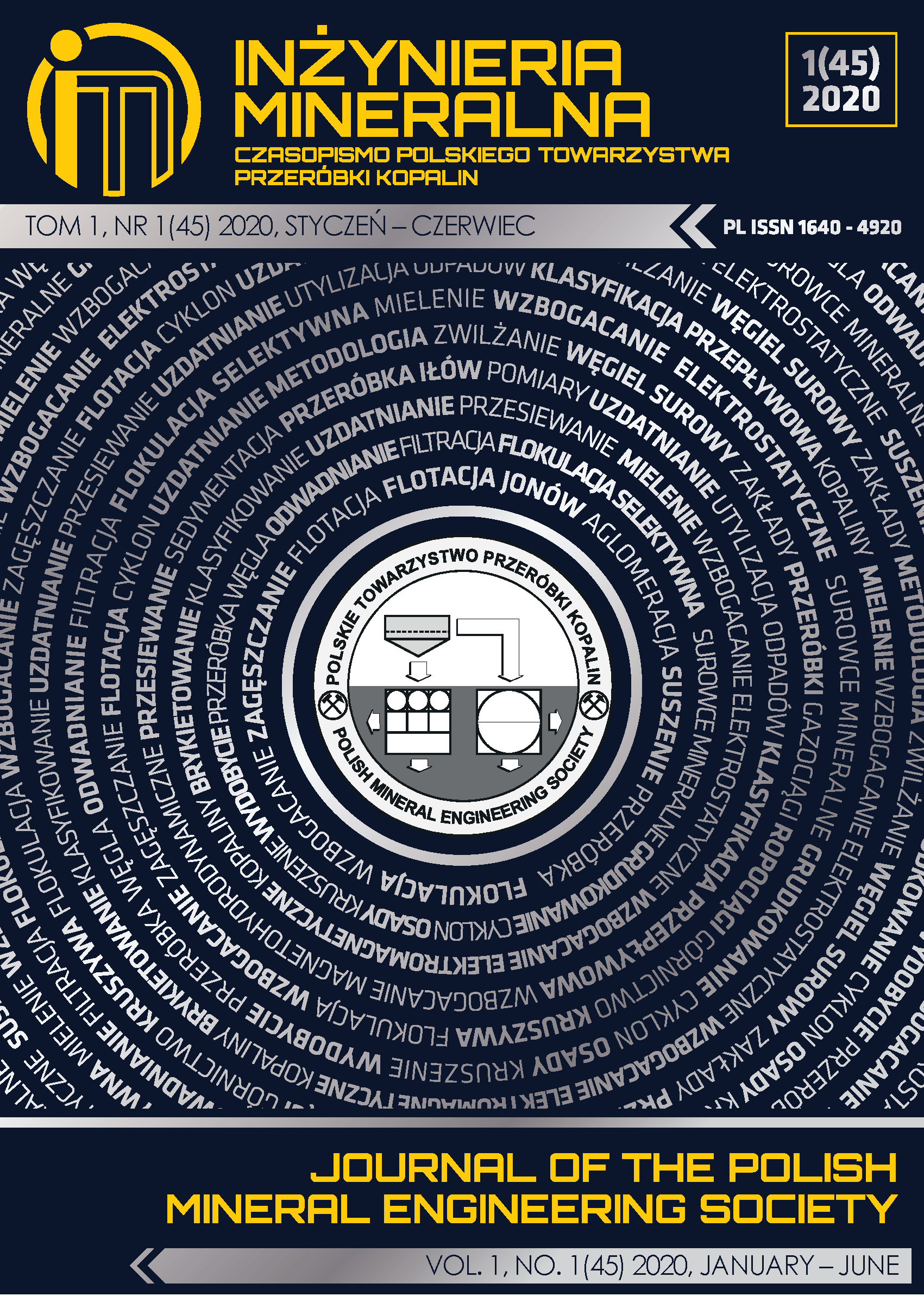Reliability of the Transport System in an Area Affected by the Mining Underground Activity
Abstract
The paper deals with the negative effects of mining on the transport network in the Moravian-Silesian area, especially is focused on problems reflected in construction layers of transport-related structures (railways, roads, area storage and handling areas). With the extraction downturn, the sources and objectives of transport have changed including the characteristics of transport flows of all traffic roads and connections. Various measures for all transport modes situated in Moravian-Silesian region are identified and introduced in the both districts. Also new relevant directions of transport development are described considering efficiency, effectiveness. And also these measures are taken for to needs minimization negative impact on the health and quality of our environment while ensuring the transport services in the region.
The dynamic development of the Ostrava agglomeration is thus inseparably connected with black coal mining, metallurgy and railway development. The position of extraction companies was set by the position of the deposit, which resulted in the establishment of a polycentric system of settlement in the agglomeration. Further development of the coal railways at the end of the 19th century was related to the extraction capacities in the region of Karviná. The greatest industrial and development boom was experienced at the beginning of the 20th century where there were massive changes in the condition of the entire Ostrava basin. After 1989, with reduction in the mining work, primary „brownfields“ started appearing in OKD, being industrial premises of the mines as well as secondary „brownfields“, which were disused railway siding stations and connecting railway sidings. High-performance, sufficiently efficient and comfort system of transport infrastructure appears to be a key factor for future development this area.
The development of mining in the past years was subject to a functional transport system, with prevailing requirements for the transportation of large volumes of extracted material, structural elements and people working in this industry. With the extraction downturn, the sources and objectives of transport have changed including the characteristics of transport flows of all traffic roads and connections. Thus, in this area it is necessary to identify the consequences of mining, reclaim the landscape, reconstruct civil structures and ensure safe and reliable transport through transport-engineering measures which may ensure the required transport standard and minimise its adverse environmental impacts.
This journal permits and encourages authors to post items submitted to the journal on personal websites or institutional repositories both prior to and after publication, while providing bibliographic details that credit, if applicable, its publication in this journal.







.png)
